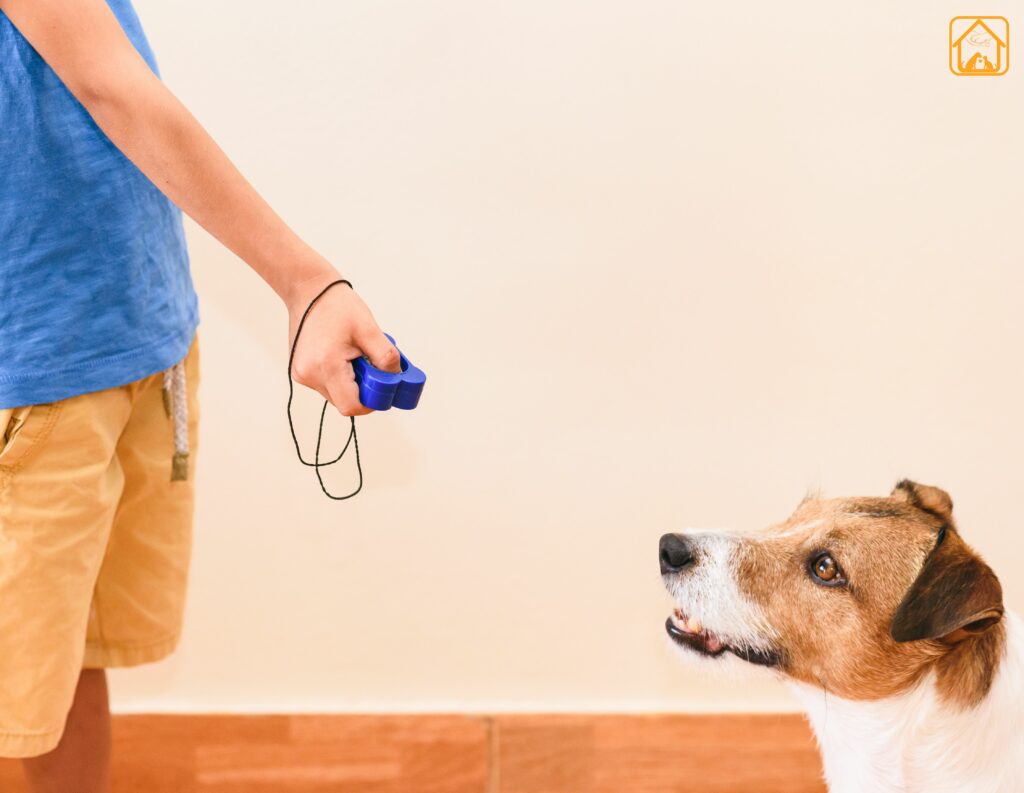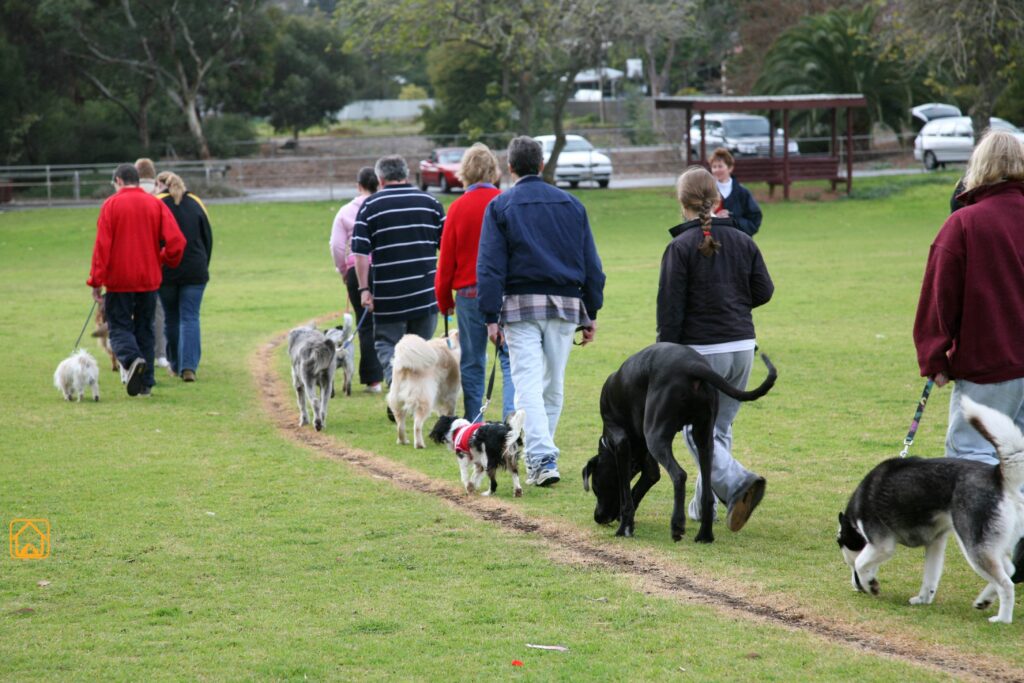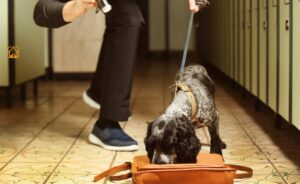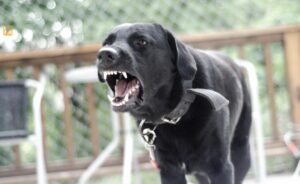What Is Obedience Training and Why It Matters
Obedience training is the process of teaching your dog to respond to specific commands, like “sit,” “stay,” and “come.” But it’s not just about obedience for the sake of control. It’s about communication, understanding, and keeping your dog safe in a world full of distractions and dangers.
- Safety First: Teaching commands like “come” or “leave it” can literally save your dog’s life if they dart toward a busy street or sniff something dangerous.
- Building Trust: Obedience training builds a language between you and your dog. This shared understanding means less frustration, and way more tail wags.
- Reducing Stress: Dogs thrive on clear boundaries. Without them, they can get anxious, bored, or even destructive. Training gives them a sense of purpose and security.
- Better Socialization: Well-trained dogs are welcome in more places and have more positive interactions with people and other dogs.
I often hear from new dog parents who worry, “Is my dog just stubborn?” Honestly, most so-called problem behaviors come from a lack of structure or unclear communication. Obedience training flips the script. Suddenly, your dog understands what you want, and you get to celebrate every small victory together.
Understanding How Dogs Learn: Foundations of Obedience Training
Dog Psychology 101
Ever wondered why your dog understands “sit” in the kitchen but forgets it at the park? Dogs learn through immediate rewards, repetition, and consistency. They don’t generalize well, each new place or person feels like a new lesson to them.
- Immediate Feedback: Dogs connect actions to consequences that happen right away.
- Attention Span: Like toddlers, most dogs focus best during short, upbeat sessions.
- Clear Communication: Use simple, consistent words and tones. Dogs pick up on your mood and body language more than your vocabulary.
Think of training as a conversation. If you’re consistent and positive, your dog will “talk back” with good behavior.
Choosing the Right Obedience Training Method: Positive Reinforcement vs. Others

Positive Reinforcement Reigns
The debate over obedience training methods can get heated. Some swear by traditional discipline, but research and many trainers agree: positive reinforcement, rewarding desired behaviors with treats, praise, or play, works best for most dogs.
- Positive Reinforcement: Builds trust and motivation. Dogs repeat behaviors that get them something good.
- Aversive Methods: Punishments (shouting, leash jerks) can create confusion or fear, harming your bond.
When my pup finally figured out “leave it,” a bit of chicken and a happy “yes!” had her tail wagging, and the lesson stuck. Positive reinforcement obedience training gets results and keeps tails wagging.
When to Start: Puppy vs. Adult Dog Obedience Training
One of the most common questions I get is, “When should I start obedience training?” Here’s the good news: it’s never too early, or too late, to teach your dog. Both puppies and adult dogs can learn, though the approach might look a little different.
Puppy Obedience Training: The Perfect Start
Puppies are natural learners. Their brains are like little sponges between 8 and 16 weeks old, soaking up new experiences and commands. Early obedience training sets the stage for a lifetime of good behavior. Start with short, positive sessions, think five to ten minutes at a time.
- Focus on basics: “sit,” “stay,” “come,” and gentle leash walking.
- Make it fun! Use toys, treats, and lots of praise.
- Keep sessions short, puppy attention spans are tiny.
I’ll never forget the first time my puppy, BUNNY, finally nailed her “come” command at the park. That moment of pride? Pure magic. And it meant I could trust her off leash in safe areas, which made both our lives easier.
Adult Dog Obedience Training: It’s Never Too Late
Maybe you’ve adopted an older dog, or your adult pup just never got formal training. Don’t stress, dogs of any age can learn new tricks. It might take a bit more patience, especially if you’re working to undo old habits, but the results are worth it.
- Start slow and be consistent. Adult dogs may have ingrained behaviors, so stick to a routine.
- Use positive reinforcement, reward the good, ignore the rest.
- Keep training sessions upbeat. Frustration shows, and your dog will pick up on it.
Bottom linE IS whether you start with a young puppy or an older dog, the key is patience, consistency, and plenty of rewards. Every dog deserves the chance to shine.
Essential Equipment and Tools for Effective Obedience Training
- Flat Collar or Harness: Comfortable and secure, no retractable leashes for training!
- Standard Leash (4-6 ft): Gives you control without tangling.
- Treat Pouch: Keep treats handy for instant rewards.
- High-Value Treats: Use something your dog loves and can eat quickly.
- Clicker (optional): Great for marking the exact moment your dog gets it right.
Trust me, a well-stocked treat pouch is a game-changer, no more fumbling pockets mid-lesson. With the right tools, training your dog becomes easier and more effective.
Dog Training Commands List: From Basic to Advanced
Obedience training starts with teaching your dog a set of basic commands, but it doesn’t have to stop there. Whether you want your dog to be well-mannered at home, safe in public, or even compete in obedience rally training, a structured list of commands is where the magic happens.
Let’s break down the most important dog training commands, from must-have basics to fun advanced skills.
Basic Dog Obedience Training Commands
- Sit: The go-to command for calming your dog and starting any lesson. Most pups can learn “sit” in just a few tries, especially if there’s a treat involved! Read, dog sit training.
- Stay: Teaches self-control and keeps your dog in place, even if there are distractions or open doors. Train your dog for the command to stay with the help of how to train dog to stay.
- Come: Also called “recall.” This command is a lifesaver for safety, whether you’re at the park or in your backyard. Check out, how to teach a dog to come.
- Down: Helps your dog settle and can stop jumping or overexcitement. Learn step-by-step in our guide on how to teach dog lie down.
- Leave it: Stops your dog from picking up or eating things they shouldn’t with the help of our train to leave it guide. Trust me, this one’s a game-changer.
- Heel: With proper heel training, your dog will learn to walk calmly by your side instead of pulling or zigzagging.
- No/Off: Useful for stopping unwanted behaviors, like jumping on guests or furniture.
Tip: Keep your dog training commands list short and consistent, especially in the beginning. Dogs thrive on clear, simple communication.
Intermediate Commands for Everyday Life
- Wait: Different from “stay”, great for holding your dog at a doorway or before crossing the street.
- Drop it: Encourages your dog to release something from their mouth. Perfect for toy games and for safety.
- Watch me: Gets your dog’s attention focused on you. Super helpful for dog obedience training at home and in busy places.
- Place/Bed: Sends your dog to a designated spot, like their bed or mat, to relax or calm down.
- Touch: Teaches your dog to touch your hand or an object with their nose. It’s a fun, positive way to redirect or build focus.
Advanced and Fun Commands
- Roll over, spin, shake: Tricks that are great for mental stimulation and bonding.
- Speak/Quiet: Teaches your dog to bark on command and, just as important, how to stop barking when needed.
- Back up: Useful for teaching spatial awareness, helpful in tight spaces or for polite greetings.
- Find it: A nose work game that channels your dog’s natural sniffing abilities.
- Rally obedience skills: For those interested in competition, these include complex sequences and precision moves.
| Command | Purpose | When to Use |
| Sit | Basic control | Greeting guests, before meals |
| Stay | Impulse control | Open doors, crossing streets |
| Come | Recall/safety | Off-leash, emergencies |
| Leave it | Prevents eating/picking up | Walks, at home |
| Heel | Leash manners | Walks, crowded areas |
| Place | Calm relaxation | During meals, visitors |
If you’re building your own dog training basic obedience lesson plan, start with the essentials and gradually add more advanced commands as your dog gets the hang of the basics. Remember, every dog learns at their own pace, and celebrate the little wins.
Step-by-Step Basic Dog Obedience Training Lesson Plan
- Pick a Quiet Spot: Start in a distraction-free area.
- Short Sessions: 10-15 minutes, two or three times daily, is ideal.
- One Command at a Time: Focus on a single skill per session.
- Use Consistent Cues: Same word, same tone every time.
- Reward Quickly: Give treats or praise immediately when your dog gets it right.
- End on a Win: Wrap up with a command your dog already knows, so every session feels positive.
If your dog gets distracted, don’t stress, just reset and try again. Progress beats perfection!
Common Obedience Training Mistakes to Avoid
- Inconsistency: Changing commands or rules confuses your dog.
- Too Much, Too Fast: Overwhelming sessions cause frustration.
- Ignoring Progress: Forgetting to reward even small wins slows learning.
- Punishing Mistakes: Negative methods can damage trust and create anxiety.
I’ve learned that patience, and laughter, goes a long way. When your dog fumbles, just reset and try again.
Professional Help vs. DIY: Classes, Trainers, and Online Programs
- Group Classes: Great for socialization and learning with distractions.
- Private Trainers: Tailored help for specific issues or faster progress.
- Online Programs: Flexible and budget-friendly for dog obedience training at home.
Mix and match! Some pet parents start with online obedience training programs, then join group obedience classes for extra practice.
FAQs About Obedience Training for Dogs
When should I start obedience training?
Start as early as 8 weeks for puppies. Adult dogs can learn anytime, it’s never too late for basic obedience training.
How long does obedience training take?
Most dogs learn basic commands in a few weeks with daily practice. Consistency is key. Advanced obedience training takes longer, but small wins add up fast.
Can I do obedience training at home?
Absolutely! Many pet parents use dog training tips for beginners and online programs. Just be patient and make lessons fun.
What’s the best reward for training?
Whatever excites your dog, tiny treats, a favorite toy, or happy praise. The bigger the reward, the better the results for new skills.
What if my dog doesn’t respond to training?
Try shorter sessions, higher-value treats, or a different environment. If you’re stuck, a professional obedience trainer can help identify what’s missing.
Should I use punishment if my dog misbehaves?
No. Positive reinforcement obedience training is proven to be more effective and humane. Redirect, reset, and reward the right behavior instead.
Are group obedience classes better than private training?
Both have value. Group classes build social skills and distraction tolerance, while private sessions target specific needs. Many pet parents use both at different stages.
Conclusion
Obedience training is a lifelong journey. Every step forward means a safer, happier life together. Celebrate the progress, big or small, and enjoy the ride!



